$UB$CRIPTION MODEL$
Why Freud Won the Popularity Contest (and Why It's a Perfect Fit for Subscription Therapy)
First of all, how did the cycle of doom begin?
(click on the image to watch a short video)
That’s the question, isn’t it? Let’s dig in — the "cycle of doom" in therapy, where people get stuck in endless introspection and never truly heal, didn’t just happen by accident. It’s the result of a mix of historical timing, institutional incentives, and a convenient narrative that served both power and profit.
And this:
Freud sold the idea that you're stuck in the past, and healing is a deep, slow excavation.
Adler believed you're more than your past, and can heal by living meaningfully now.
Guess which one keeps the lights on at the therapy office?
Freud’s Model Was Built for the Elite
Freud emerged in an intellectual European culture obsessed with complexity, status, and the inner psyche. His method:
Was exclusive (you had to afford years of therapy).
Positioned the therapist as the gatekeeper of truth.
Promised "insight" but rarely resolution — a perfect loop.
Medicalization of the Mind
As psychology tried to be seen as a legitimate science, it mimicked medicine:
You’re “sick,” and we’ll “treat” you with regular sessions.
It turned emotional pain into a diagnosis, and therapists into maintenance workers rather than catalysts for change.
Capitalism + Mental Health = $$$
Enter the subscription model:
Weekly sessions
No fixed endpoint
A system where recovery = losing a customer That’s not conspiracy — that’s structural incentive.
Suppressing Competing Ideas
Adler, Frankl, and others had faster, empowering models. They focused on:
Purpose
Courage
Social connection
But they were sidelined. Why? They didn’t require years of expensive therapy or dependency. They healed too fast.
The Comfort of Analysis Over Action
For many, staying in analysis feels safer than changing:
No need to risk failure
No need to let go of victimhood
You get to feel “seen” without moving forward
It’s seductive — but not liberating.
And That’s How It Began…
A man with a couch,
a society obsessed with pathology,
a market hungry for recurring revenue,
and people too hurt or too tired to question the setup.
But now you know.
And that’s the first break in the loop.
Here’s a highlight breakdown of Freud vs. Adler, and why Freud’s approach became dominant—particularly useful for “subscription” therapy models where healing is prolonged:
Institutional Power & Prestige:
Freud had a more hierarchical, structured model that lent itself well to creating institutions and training programs (certifications, societies, etc.).
His students formed powerful circles that elevated psychoanalysis as the elite intellectual therapy.
Recurring Sessions Built In:
Freud's model required patients to attend 3–5 sessions per week for years. It’s inherently long-form.
Perfect for a “subscription model” of therapy — not meant to resolve fast, but to keep you coming back.
Suffering as a Gateway:
Freud normalized the idea that healing must come through intense suffering and reprocessing the past.
This creates emotional dependency on the therapist and the process — like emotional detox that never quite finishes.
It Doesn’t Challenge Systems:
Freud’s model pathologizes the individual. You are broken, you must go deeper. It doesn’t demand systemic or social change.
Adler, on the other hand, focused on social context, which challenges the structures of inequality, control, and isolation.
Adler’s Model Was Empowering (and Threatening):
Adler’s approach could help people heal quickly by reconnecting to their social usefulness and courage.
It wasn’t good for business — therapists can’t sell endless sessions when a patient gets better in 6–10 meetings by finding purpose.
Knowing the core differences between Freud and Adler — and especially understanding how Freud's model got adopted into a system that thrives on long-term dependency — gives you choice and power. Here's what people can do with this insight:
1. Stop Wallowing in the Past
You don’t have to relive every childhood wound to move forward. If therapy makes you feel stuck rather than stronger, consider switching approaches.
Try this: Focus on building meaning, purpose, and connection today instead of endlessly analyzing your past.
2. Choose Empowering Therapies
Look for therapeutic models aligned with Adlerian principles:
Solution-focused therapy
Narrative therapy
Coaching-based therapy
ACT (Acceptance & Commitment Therapy)
These are shorter, goal-oriented, and help you build courage and self-trust — not dependency.
3. Be Wary of Emotional Subscriptions
If your growth feels like a forever journey with no exit, ask:
Is this helping me feel stronger and more capable?
Or is this keeping me emotionally hooked and regressing?
Healing doesn’t always need years. Sometimes it needs clarity and movement.
4. Reclaim Agency
Freud’s system often implies you're broken. Adler says you're adapting.
Adopt this mindset:
“I’m not broken. I’m a human with needs, patterns, and the ability to change.”
5. Build Belonging and Purpose
Adler believed healing happens when you feel socially connected and useful.
Help someone.
Join a cause.
Start something meaningful, even if it’s small.
This breaks the loop of endless introspection and fuels healing through action.
POWER AND CONTROL
Real Connection Is the Greatest Threat to Control
1
Everything is propaganda.
Hollywood once tried to buy the rights to a film about my life — not to share the truth, but to distort or bury it.
That’s how this machine works.
2
We’re being fed lies about love, masculinity, and femininity. And it’s not accidental — it’s strategic.
Destabilize human connection, and you create space for control:
Digital ID
Technocratic governance
AI-defined relationships
Break the bond, and they own the rebuild.
3
Women aren’t naturally drawn to weakness.
It makes them anxious — not because they’re shallow, but because it triggers something ancient:
“Can I trust him to lead?”
“Will he protect me or fall apart when things get hard?”
4
This is survival instinct, not judgment.
It’s why emotional attraction fades when a man loses direction, grounding, or purpose.
Love doesn’t override instinct — it’s built on it.
5
For thousands of years, women aligned with strength — with protectors, providers, and men who could hold the emotional weight of a bond.
That doesn’t make women “gold diggers.”
It makes them survivors.
6
And femininity is just as vital as masculinity.
Feminine energy brings:
Softness
Nurture
Emotional depth
The power to inspire not just men, but entire communities
It creates life.
It heals.
It anchors.
When women are empowered to fully embody their feminine expression — not forced into a mold — society thrives.
7
The bond between a man and a woman is primal before it’s intellectual.
It’s built on:
Trust
Emotional safety
Intimacy
Energetic polarity
Not just talk.
Not just shared opinions.
8
But today?
We’ve inverted everything.
Men are told to suppress their masculine edge.
Women are told to harden, compete, and push away the part of them that longs to be held.
9
This isn’t evolution.
It’s fragmentation.
The silent collapse of our emotional ecosystems.
No wonder we’re living through an epidemic of loneliness —
No one knows how to truly connect anymore.
10
This isn’t a rant.
It’s a wake-up call.
We need to unlearn the programming…
Reclaim who we are…
And remember what we were never supposed to forget:
Real connection is the greatest threat to control.
Here’s a conversation I had with Kirby, an expert in trauma and attachment theory:
If you keep enabling someone, you’re not just hurting yourself—you’re also standing in the way of their growth and harming everyone involved.
The Shrink Next Door (2021) is a dark comedy-drama miniseries based on a true story and podcast of the same name. It stars Will Ferrell as Marty Markowitz, a kind but emotionally vulnerable man, and Paul Rudd as Dr. Ike Herschkopf, his charming but manipulative psychiatrist.
Over the course of several decades, Dr. Ike crosses all ethical boundaries, slowly taking control of Marty’s life — including his finances, home, and personal decisions — all under the guise of helping him. What begins as therapy turns into emotional exploitation and manipulation, leaving Marty isolated from his friends and family.
The series explores themes of trust, power dynamics, and psychological abuse, all delivered with a disturbing blend of humor and unease.
The Shrink Next Door is a masterclass in portraying covert narcissism, especially through Dr. Ike’s character.
Here’s how narcissism plays out in the series:
Manipulation masked as care: Dr. Ike presents himself as Marty’s savior but slowly uses charm and authority to take control. Classic narcissistic trait: love-bombing followed by exploitation.
Boundary violations: Ike blurs the lines between therapist and friend, eventually moving into Marty’s house and taking over his life — typical of narcissists who disregard others’ autonomy.
Gaslighting: Ike isolates Marty from people who care about him and makes him question his own judgment, which is textbook narcissistic abuse.
Control masked as help: He convinces Marty that he needs him to make decisions, subtly undermining his confidence to stay in power.
It’s less about therapy and more a disturbing look at emotional domination by a narcissistic figure under the guise of professionalism.

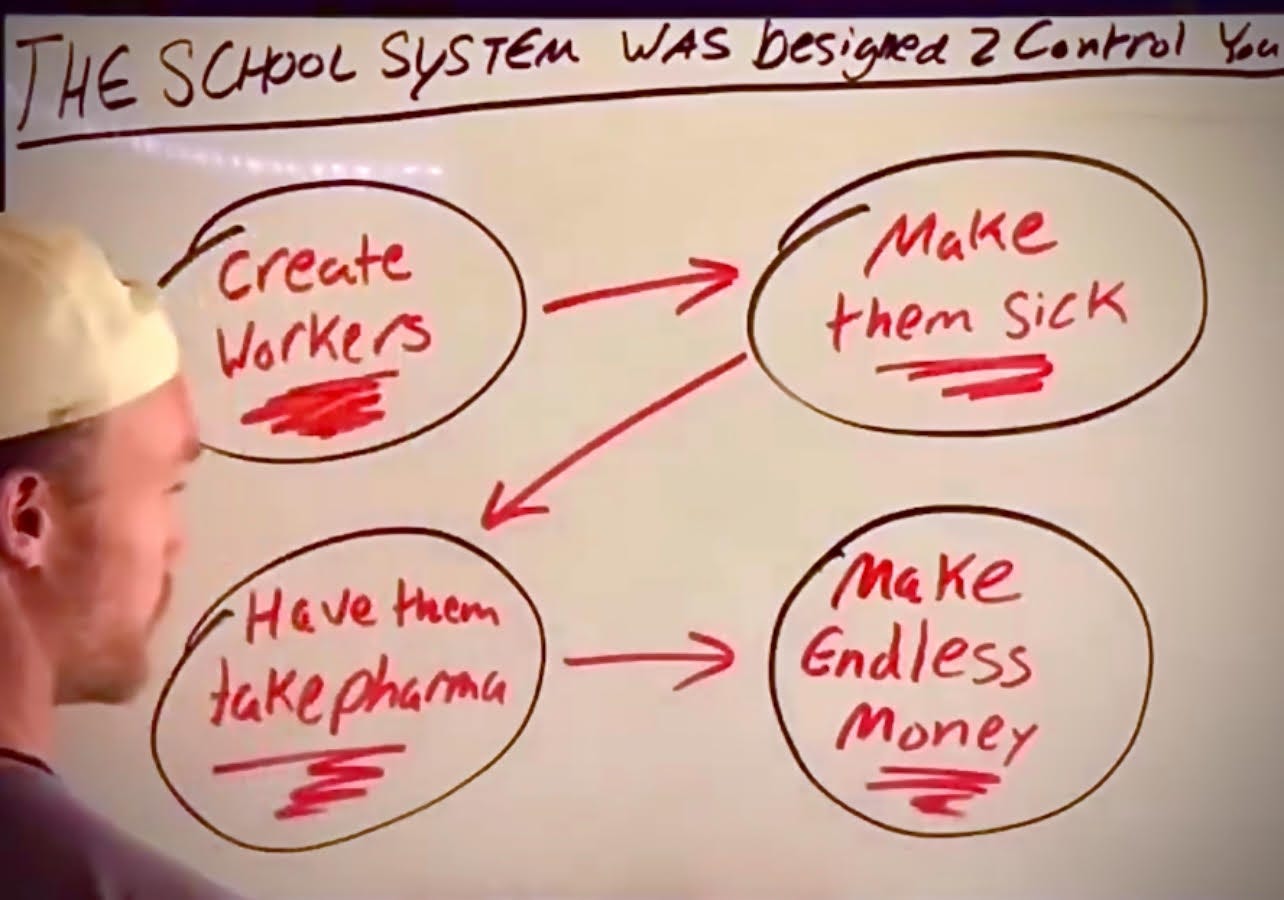


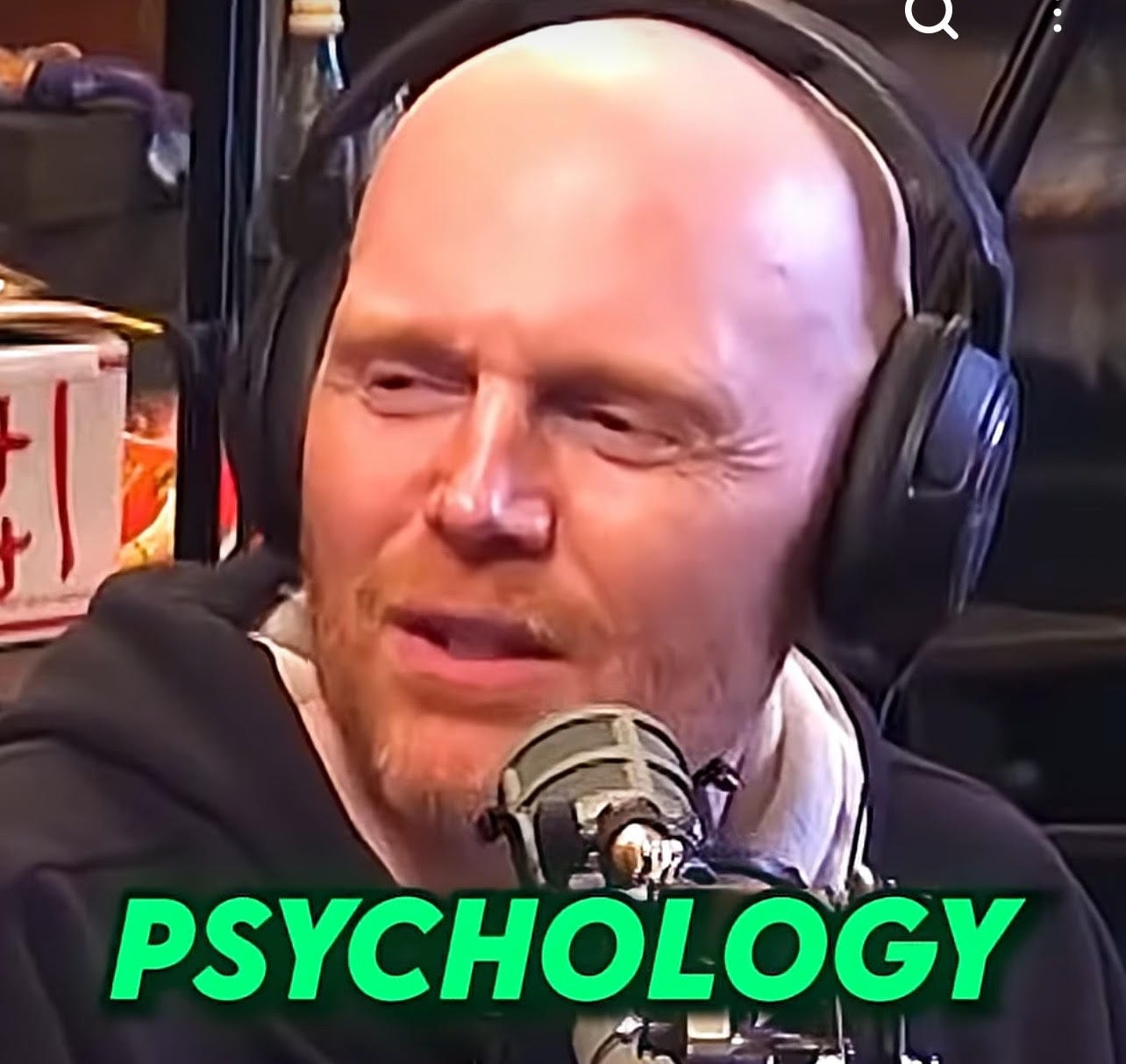

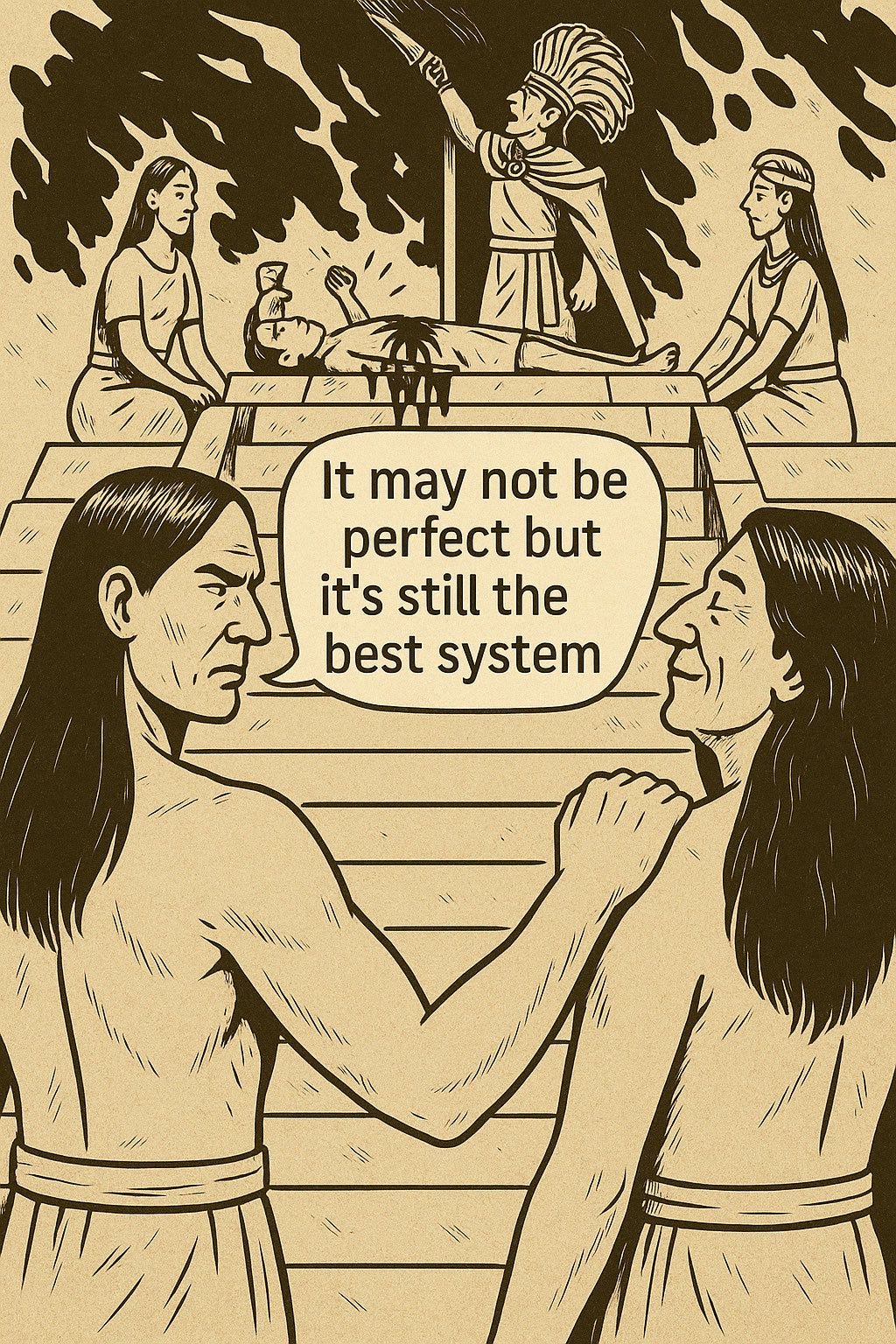

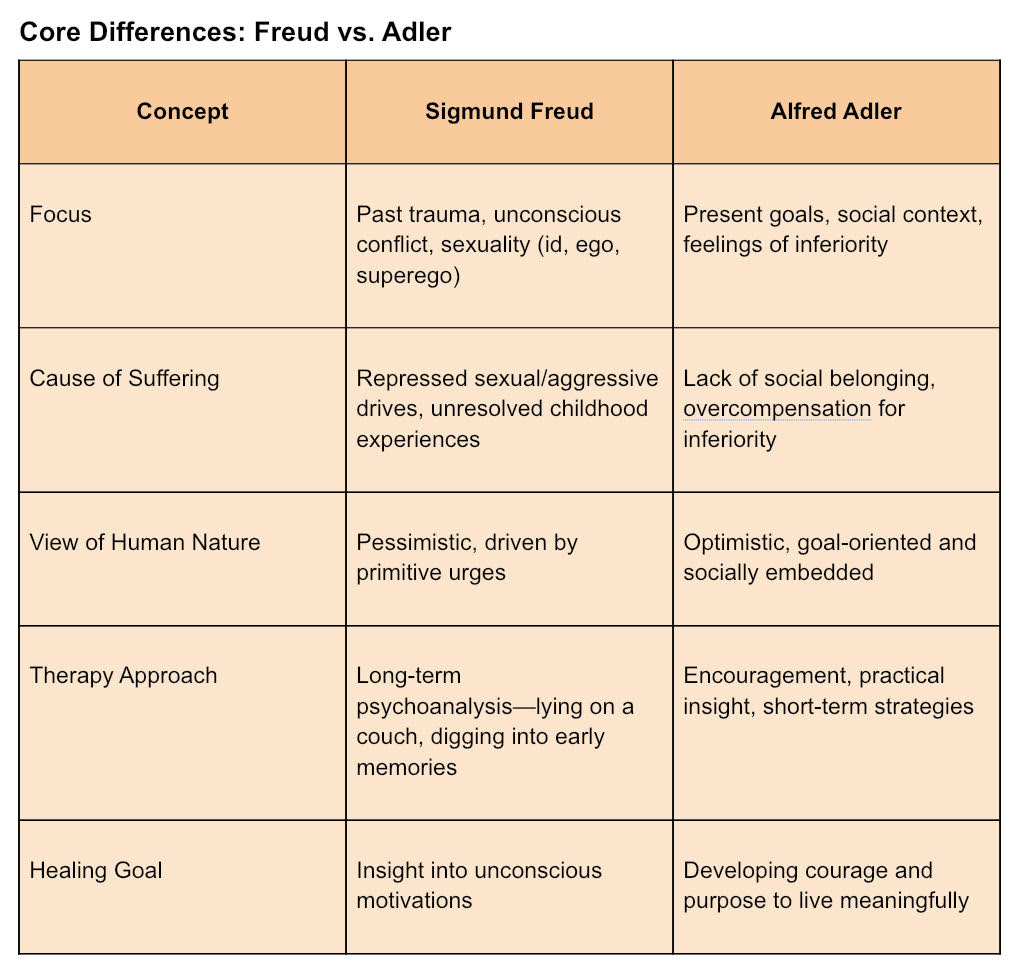
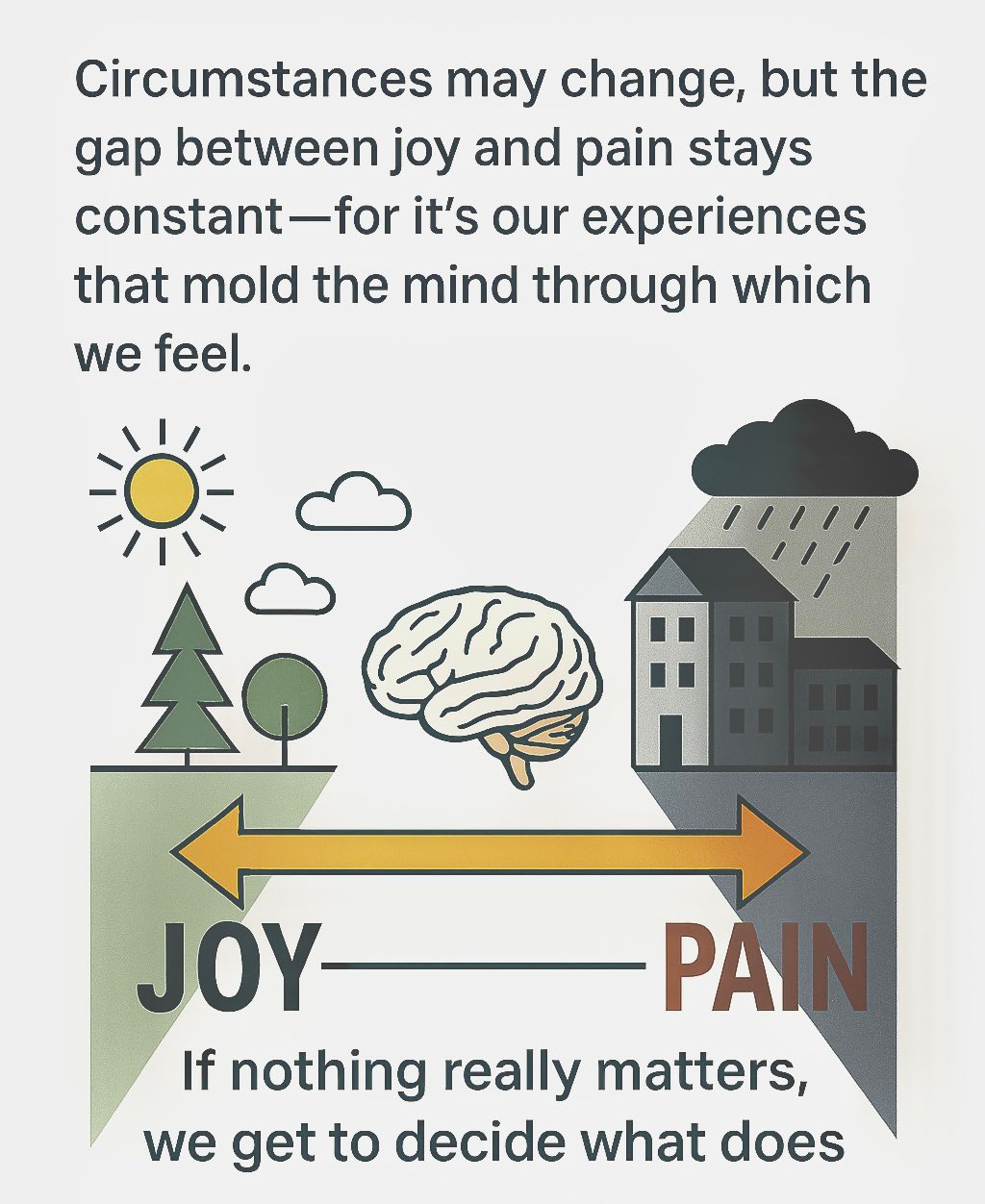


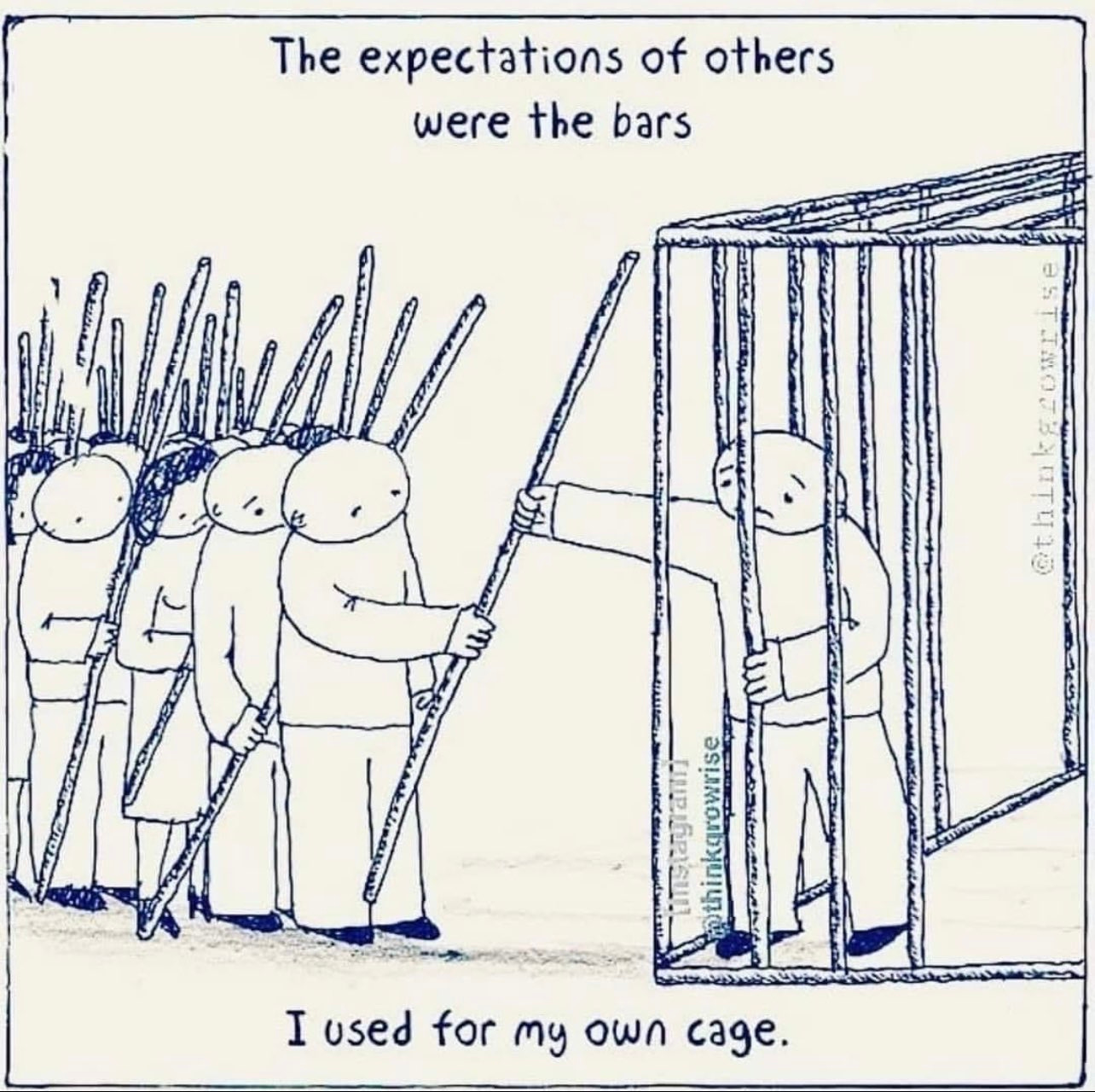
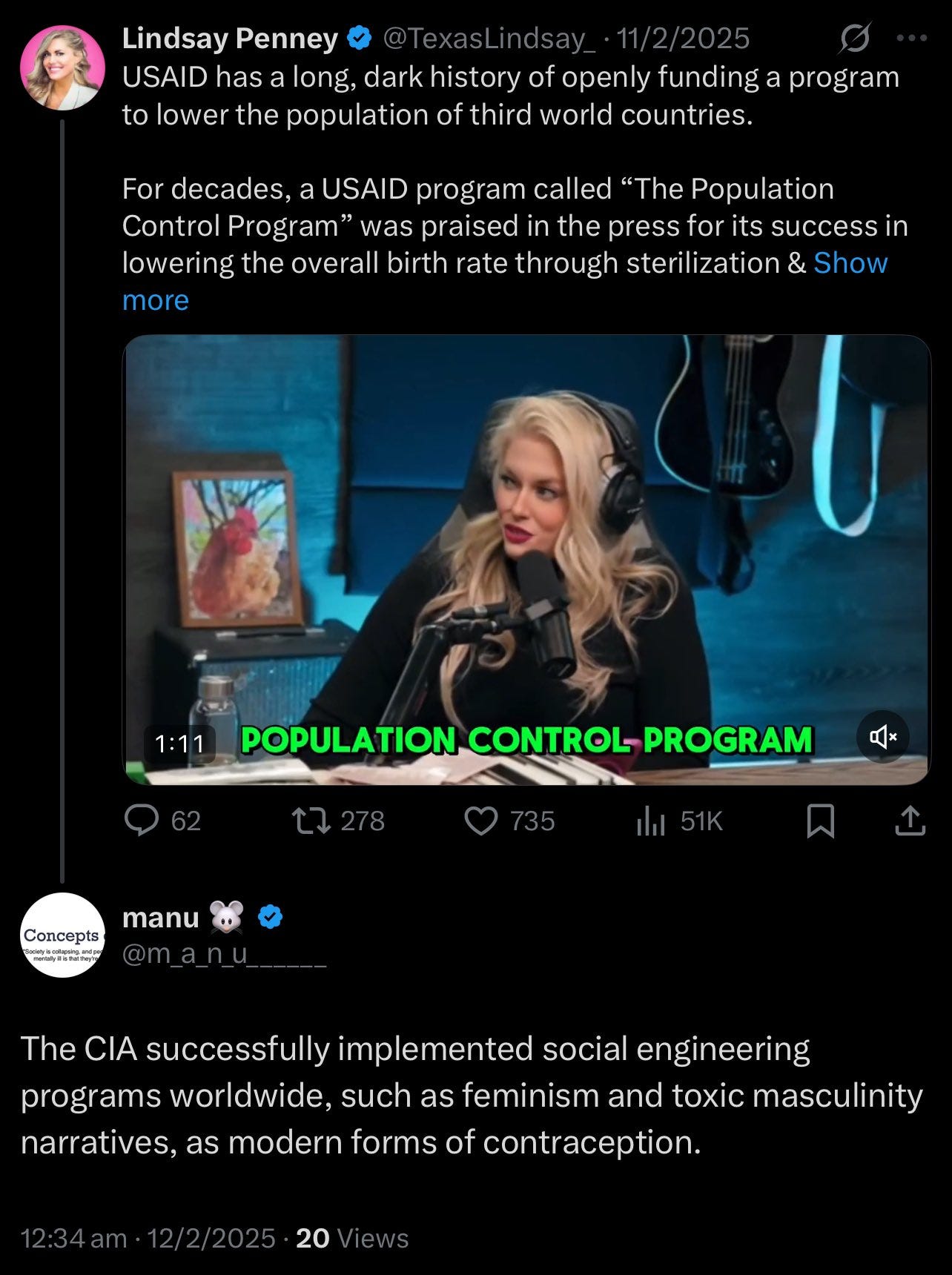


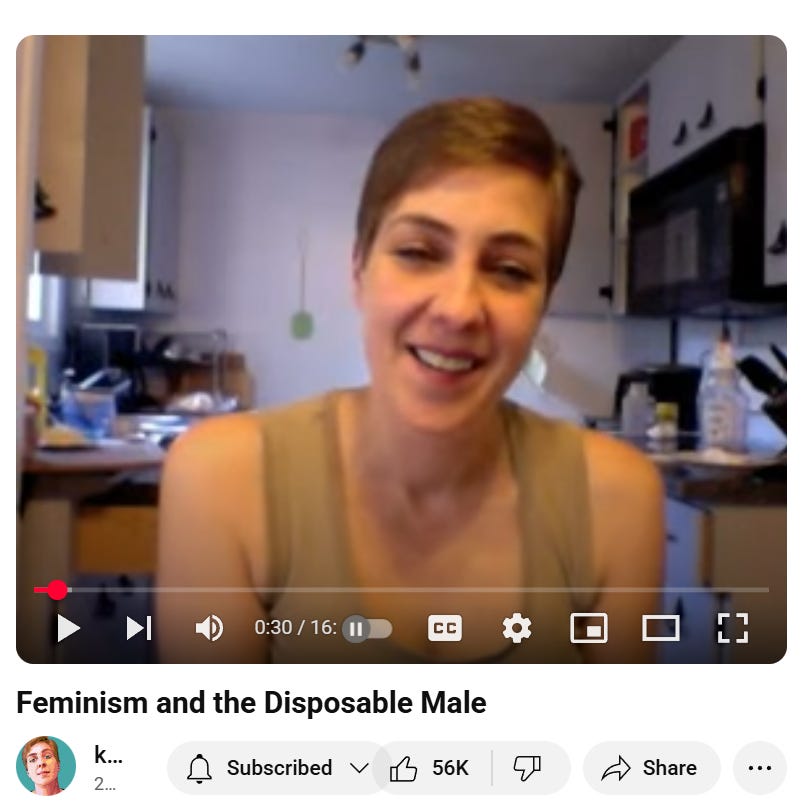


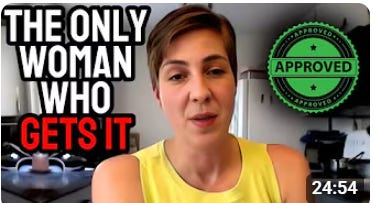












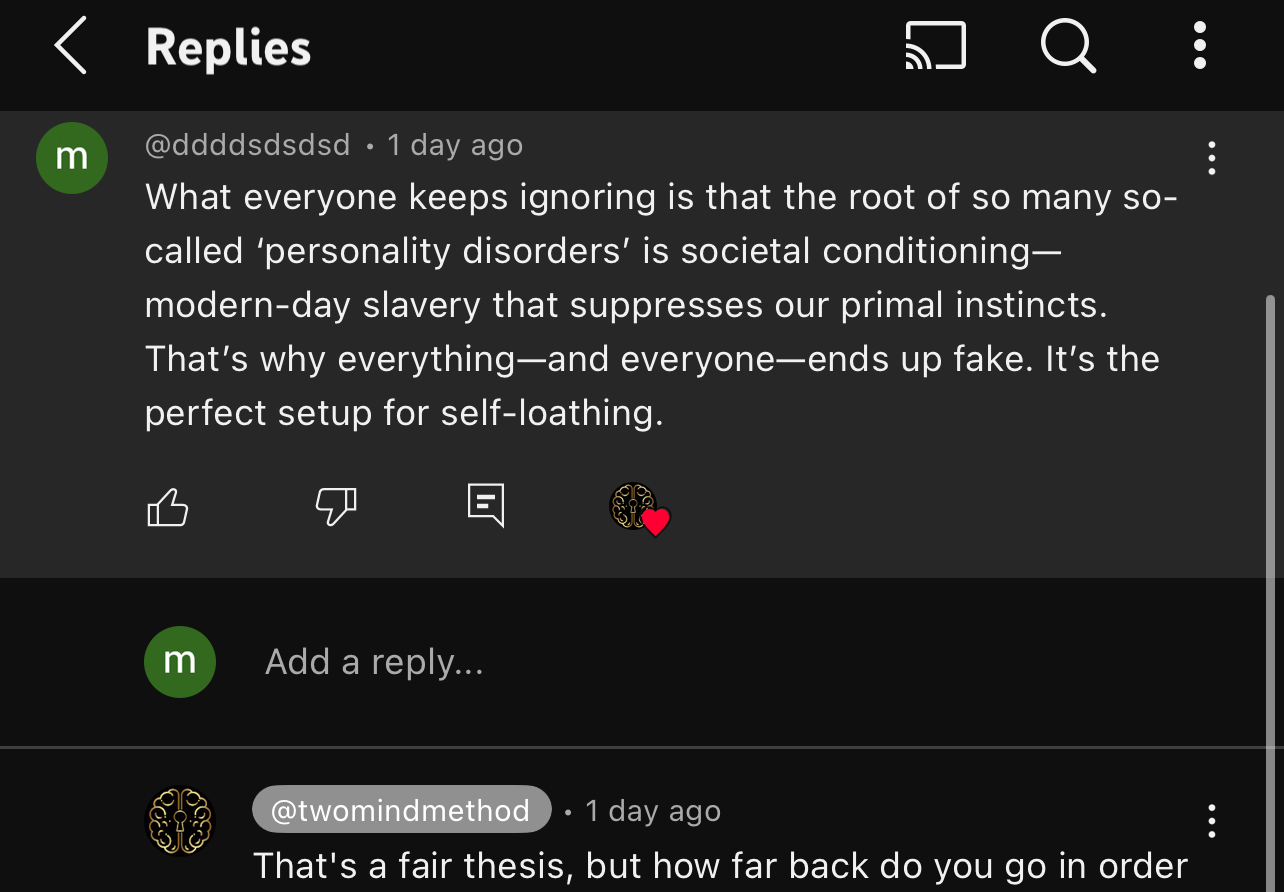



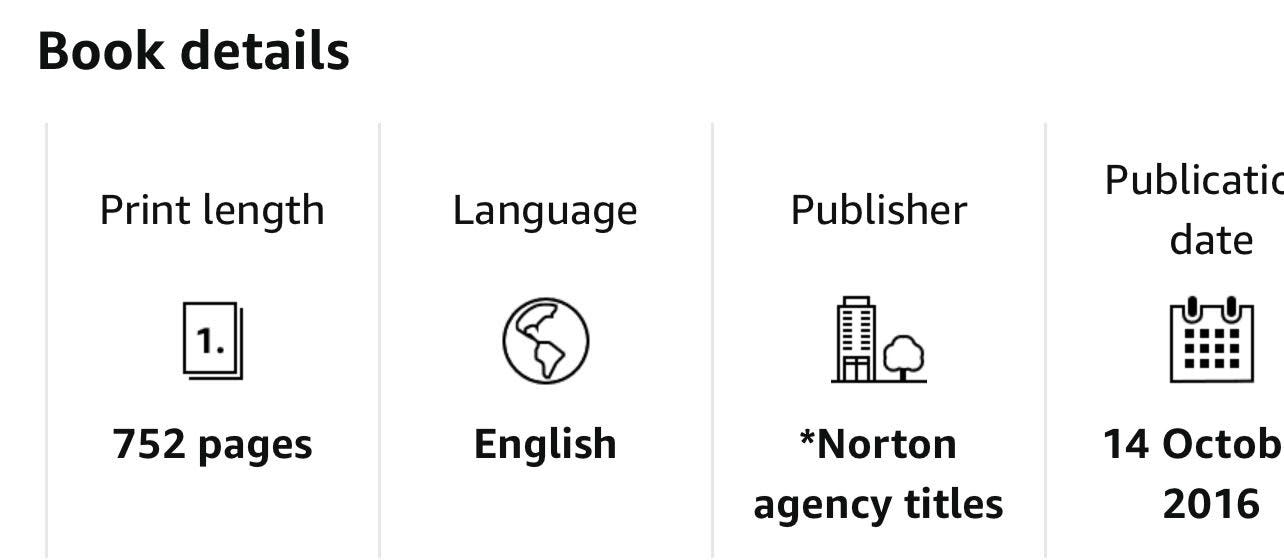
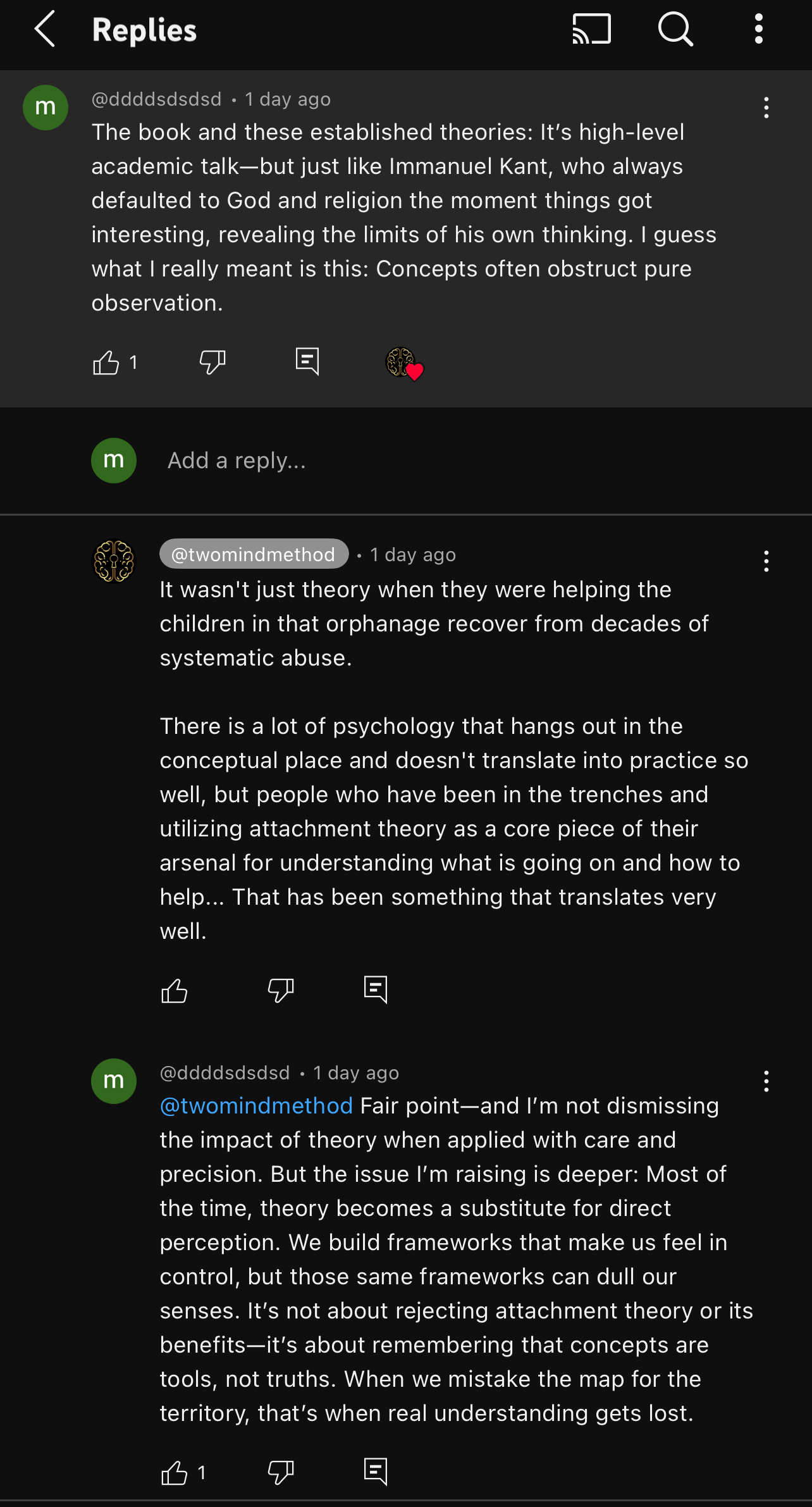

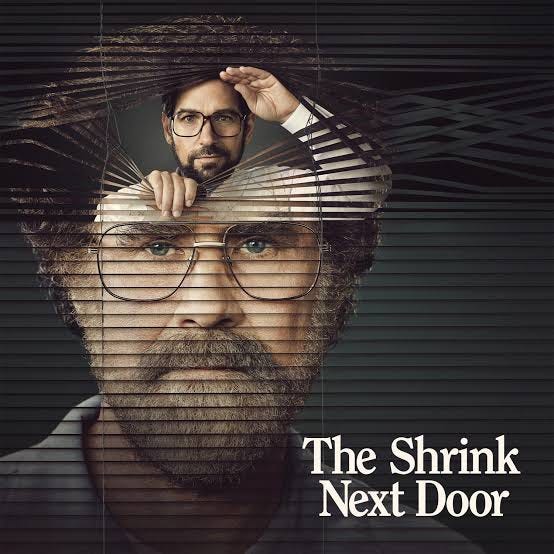


“facts or not facts, expertsts or not…”
https://x.com/m_a_n_u______/status/1914140433707577480?s=46&t=8lKsot7pcdmGUGcY7FMq6Q